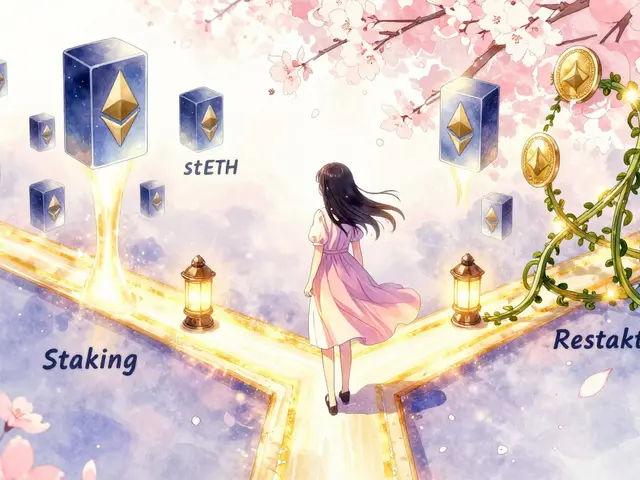Learn what bAI Fund (BAI) is, how its TEE-secured AI agents work, key market stats, how to buy the token, and the main risks and opportunities.
AI Cryptocurrency
When you hear AI cryptocurrency, a class of digital assets that embed artificial intelligence functions into blockchain networks. Also known as AI crypto, it blends two fast‑moving fields to create smarter, automated financial tools.
One of the core ideas behind this space is tokenized AI, the process of wrapping AI models or services into tradable tokens. Tokenized AI gives developers a way to monetize algorithms, let users earn rewards for providing data, and enable on‑chain inference without exposing proprietary code. The token’s supply, staking rewards, and governance rules are all part of its tokenomics, which directly affect how attractive the project looks to investors.
Closely related are AI tokens, cryptocurrencies that power AI‑driven applications such as predictive markets, automated trading bots, and decentralized AI marketplaces. These tokens often require a native blockchain that can handle high‑throughput data feeds and off‑chain computation. For example, AVAXAI, the tokenized AI project on Avalanche that offers AI agents for DeFi strategies showcases how a fast‑finality chain can host AI services while keeping transaction costs low.
From a technical angle, AI cryptocurrency encompasses several layers: data collection, model training, on‑chain verification, and incentive mechanisms. The data layer feeds real‑world signals into the model, the training layer refines the AI, and the verification layer uses zero‑knowledge proofs or other cryptographic tools to prove that the AI behaved correctly without revealing the model itself. Incentive mechanisms then reward participants—miners, data providers, or token holders—based on predefined performance metrics.
Regulators are starting to notice this blend of AI and finance. Because AI models can make autonomous decisions, authorities are asking how liability is assigned when a model makes a losing trade or spreads misinformation. Meanwhile, security teams worry about model theft, data poisoning, and the added attack surface that comes with running AI workloads on chain. Projects that publish clear audits, incorporate robust identity verification, and adopt adaptive governance tend to navigate these challenges better.
Despite the hurdles, the upside is huge. AI‑powered DeFi platforms can offer dynamic interest rates that adjust in real time, prediction markets that self‑correct based on evolving data, and smart contracts that execute complex strategies without human intervention. For traders, this means access to tools that can analyze market sentiment across thousands of sources instantly. For developers, tokenized AI opens a monetization path that was previously limited to closed‑source services.Below you’ll find a curated collection of articles that dig into specific AI crypto projects, explain tokenomics, compare exchanges that list AI tokens, and give practical tips on how to evaluate risk. Whether you’re looking for a quick overview or a deep dive into the tech, the posts ahead cover the full spectrum of AI cryptocurrency today.





